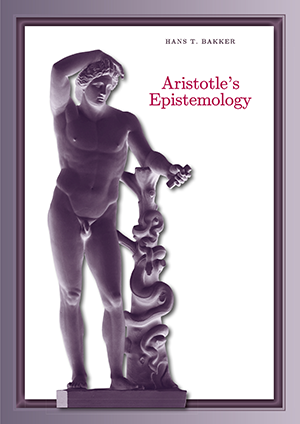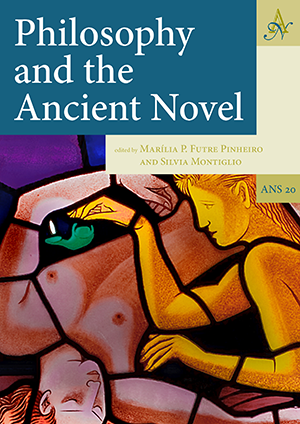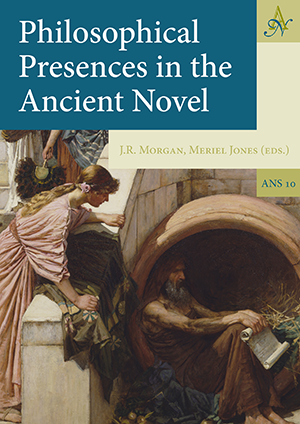Many new and fruitful avenues of investigation open up when scholars consider forgery as a creative act rather than a crime. We invited authors to contribute work without imposing any restrictions beyond a willingness to consider new approaches to the subject of ancient fakes, forgeries and questions of authenticity. The result is this volume, in which our aim is to display some of the many possibilities available to scholarship.
The exposure of fraud and the pursuit of truth may still be valid scholarly goals, but they implicitly demand that we confront the status of any text as a focal point for matters of belief and conviction. Recent approaches to forgery have begun to ask new questions, some intended purely for the sake of debate: Ought we to consider any author to have some inherent authenticity that precludes the possibility of a forger’s successful parody? If every fake text has a real context, what can be learned about the cultural circumstances which give rise to forgeries? If every real text can potentially engender a parallel history of fakes, what can this alternative narrative teach us? What epistemological prejudices can lead us to swear a fake is genuine, or dismiss the real thing as inauthentic?
Following Splendide Mendax and Animo Decipiendi?, this is the latest installment of an ongoing inquiry, conducted by scholars in numerous countries, into how the ancient world-its literature and culture, its history and art-appears when viewed through the lens of fakes and forgeries, sincerities and authenticities, genuine signatures and pseudepigrapha. How does scholarship tell the truth if evidence doesn’t? But fabula docet: The falsum does not simply make the great, annoying stone before the door of the truth (otherwise this here would really be a “council of antiquarians and paleographers”). The falsum makes a delicate, fine tissue. It allows the verum to shine through, in nuances and reliefs that were less noticeable without its counterpart, really tied at the head. And, treated differentiated, it becomes even itself perlucidum, shines out with “hidden values.”
Acknowledgments IX
KLAUS LENNARTZ
tenue est mendacium: Introduction 1
I GREEK LITERATURE
DIEGO DE BRASI
What a Cruel Bee! Authority and Anonymity in Pseudo-Theocritus’s Idyll 19 17
JONATHAN S. BURGESS
The Periplus of Hanno: Dubious Historical Document, Fascinating Travel Text 29
MARIO CAPASSO
The Forgery of the Stoic Diotimus 43
KOSTAS KAPPARIS
Fake and Forgotten: The True Story of Apollodoros, the Son of Pasion 53
MIKEL LABIANO
The Athenian Decree Contained in the Corpus Hippocraticum 75
KLAUS LENNARTZ
Two Birds with One Stone: Thuc. 2. 41 and the Nauarchs Monument 91
HEINZ-GÜNTHER NESSELRATH
From Plato to Paul Schliemann: Dubious Documents on the “History” of Atlantis 105
KATHRYN TEMPEST
Confessions of a Literary Forger: Reading the Letters of Mithridates to Brutus 119
ALESSANDRO VATRI
An Interpolator Praising Forgers? Dionysius of Halicarnassus on the Pythagoreans (On Imitation, Epitome 4) 137
II LATIN LITERATURE
JOHN HENDERSON
“Why Not Cicero?” The Spuriae I. De Exilio 151
JARED HUDSON
Framing the Speaker: [Sallust] Against Cicero 163
GIUSEPPE LA BUA
The Poet as a Forger: Fakes and Literary Imitation in Roman Poetry 179
IGNACIO SAN VICENTE
Mark Antony’s Will and his Pietas 195
III LATE ANTIQUE AND EARLY CHRISTIAN WORKS
ESTEBAN CALDERÓN DORDA
Falsehoods and Distortions in the Transmission of the New Testament Text 215
BRONWEN NEIL
Forging the Faith: Pseudo-Epistolography in Christian Late Antiquity 229
COLIN M. WHITING
Two Forged Letters and the Heirs of Athanasius and Lucifer 243
IV EPIGRAPHY AND ARCHAEOLOGY
PETER KEEGAN
False Positive: Testing the Authenticity of Latin Graffiti in Ancient Pompeii 261
NICOLETTA MOMIGLIANO
Minoan Fakes and Fictions 293
IGNACIO RODRÍGUEZ TEMIÑO AND ANA YÁÑEZ
Considerations on the Judgement of Criminal Court No. 1 of Vitoria-Gasteiz on the Iruña-Veleia Case 315
Abstracts 333
Contributors 341
Indices 347
Index locorum 347
General Index 349






